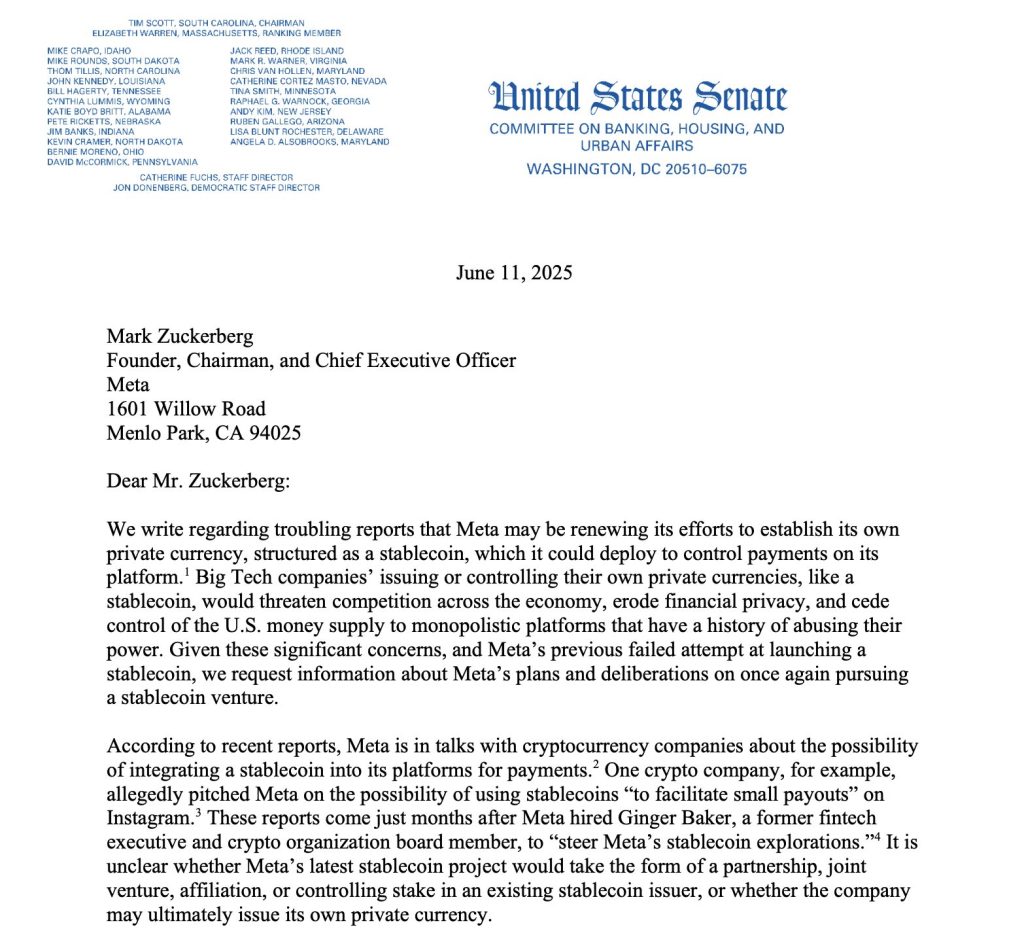However, for some, talk of an economic slowdown – or even a (whisper it) recession – is a little premature.
So, what did the official figures show us? As always with economics, there is good news and bad news.
Bad news first. US employers created 114,000 jobs in July which was way below expectations of 175,000 new roles.
The rate of unemployment also rose to 4.3%, a near three-year high, which triggered something known as the “Sahm rule”.
Named after American economist Claudia Sahm, the rule says if the average unemployment rate over three months is half a percentage point higher than the lowest level over the past 12 months then the country is at the beginning of a recession.
In this case, the US unemployment rate rose in July, so the three-month average was 4.1%. That compares to the lowest level over the last year which was 3.5%.
Adding to these concerns was the fact that the US Federal Reserve voted last week not to cut interest rates.
Other central banks within developed economies, including the Bank of England and the European Central Bank, have recently cut interest rates.
The Fed held borrowing costs but its chair, Jerome Powell, signalled that a cut in September was on the table.
However, this led to speculation that the Fed had waited too long to act.
A cut in interest rates means it is cheaper to borrow money which should, in theory, act as a boost to the economy.
If the jobs figures suggest that the economy is already tipping downwards, then the fear is the Fed is too late.
Then, on top of all this, are technology companies and their share prices. There has been a long-running rally in their shares, fuelled in part by optimism over artificial intelligence (AI).
Last week, the chip-making giant Intel announced it was cutting 15,000 jobs. At the same time, market rumours suggested that rival Nvidia may have to delay the release of its new AI chip.
What followed was a bloodbath on the Nasdaq, the technology-heavy US index. After hitting a high only a few weeks ago, it plunged by 10% on Friday.
That helped pump-up the fear factor across markets and that’s where danger could lie.
If stock market panic continues and shares keep plunging the Fed could potentially step in before its next meeting in September and cut interest rates.
This could happen, according to Neil Shearing, group chief economist at Capital Economics, if there is “a market dislocation that deepens and starts to threaten systemically important institutions and/or broader financial stability”.
Credit: Source link











